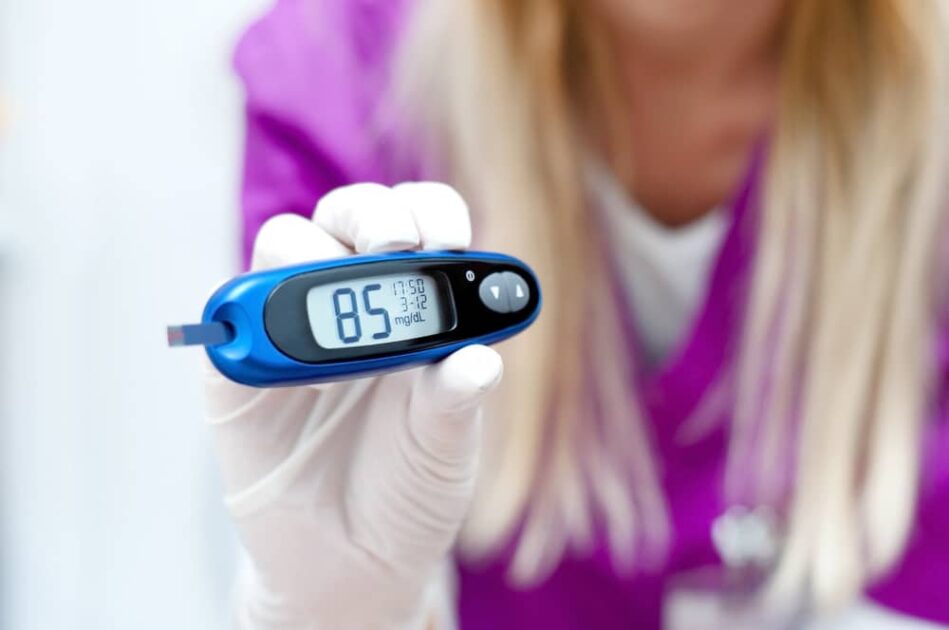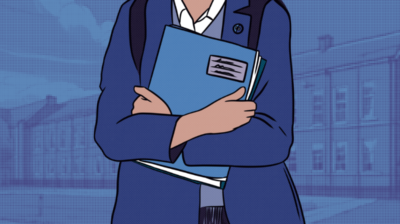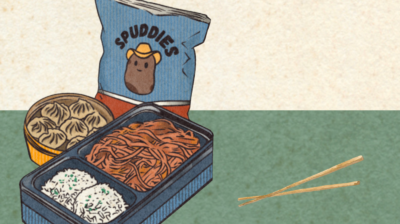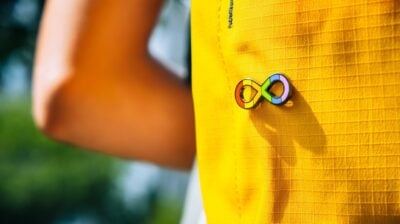My story of living with Type 1 Diabetes
True life story of how one young person deals with being a diabetic.
Written by Carolanne O' Brien
Voices - Experiences
Young people share their personal experiences.

My name’s Carolanne; I’m 16 years of age and have been a diabetic for nearly two years now. I was diagnosed with type 1 diabetes in April of 2011. I showed no signs of being diabetic: I had no thirst, I didn’t have to use the toilet often – everything was just normal! I had been sick on and off for the months prior to being diagnosed, but nothing out of the ordinary. I mean, it’s not uncommon for a teenager to have to get her appendix out or to catch a bug every now and then, so it was far from obvious what was wrong.
It was St Patrick’s Day in 2011 that we found out that there was something up. My Dad has type 2 diabetes, so he has a glucometer. My mam was messing with it that evening and I asked her to go ahead and check mine as I had never had it done before and I was really curious to know what it did. She did hers first and the reading showed that her blood glucose was 5.8, which was very normal. Then, terrified to have to go through a tiny pinch, I put out my hand and she did it. It counted down from five and I remember thinking that it was so cool. Little did I know that when it hit zero everything would change forever. My mam and I had eaten the exact same thing for dinner and although hers was normal, mine wasn’t, and my reading showed that my blood sugar was 16.8.
I didn’t know that that was very bad, but when my mam looked up at me I knew that I’d be paying a visit to the doctor soon. When I got to the doctor he sent me straight to Mullingar hospital to get a few tests. My dad and I headed to the hospital and we got there quite early if I remember. I had my blood pressure and temperature taken, which was standard procedure, and then it was back to the waiting room while I waited for a doctor to see me. I remember watching Ellen DeGeneres on a television that didn’t even have colour. It felt like an eternity, but eventually my name was called and the doctor came to speak with me. He took a few blood tests, but because I had eaten that morning my fasting blood sugar could not be taken. I remember the doctor telling me to lie down on the bed while he went to speak to someone and I lay down wishing for a bar of chocolate! When he came back he said that he had to do a few more tests, but that these ones didn’t involve blood, which I was happy to hear.
He told me to close my eyes and he started tickling my feet. I had to tell him which foot I thought he was tickling and if I could feel a soft touch or whether it was hurting me. Then he took out what looked to me like the fork you carve the turkey with at Christmas and he poked my ankles with it. The same questions were asked and I passed the test with flying colours. I thought then that they might say “Okay Carolanne, everything’s fine, you can head home”, but it was back to the waiting room again where Jeremy Kyle was now on.
Not long after this, the doctor I had seen came over to me. He crouched down on his hunkers and he said, “I think we’re going to keep you in for the night, Carolanne, but listen to me this isn’t the end of the world; diabetes can be very well managed”, and that’s when I knew that they didn’t even need the “crucial” test. They already knew as well as I did that I had diabetes.
The next day I was seen by various diabetic specialists who guided me through what I was going to have to do for the rest of my life. I saw the diabetic nurses whom I still see to this day. They showed me how a needle went in, and they gave me a cushion to practice injecting on. I was then seen by a dietician who gave me guidelines on the diabetic diet.
Then, the day I had been dreading came. It was the day I would have to take my first ever insulin injection. A nurse came in at about 9.30 that night and she handed me a green pen that had “Levemir” written across it. I held the needle like the diabetic nurses had shown me and then I pulled up my t-shirt to put the injection in. But I couldn’t do it. It was too hard. I remember saying to her “This is the bit I’m really not good at”. She laughed, told me not to worry and said that I should take a deep breath and put the needle in when I was breathing out. I did what she told me and it actually worked. To this day when I’m struggling to do my injection I do exactly what she told me that day.
Diabetes is most certainly not the worst thing someone can get, but that doesn’t mean it’s not hard. It’s the toughest thing I have to do every day. I explained to my friends that it’s tough because this is something I have to do for the rest of my life, and unless they figure out some miracle cure I’m stuck with it.
However, I do look positively on it as well. I manage it very well and I’ve been told on numerous occasions that I’m a model diabetic for the way I manage things. I take this as a massive compliment and I’m very proud of myself for getting on with it. Someday I hope to take up a career in research into illnesses and eventually maybe even diabetes.






